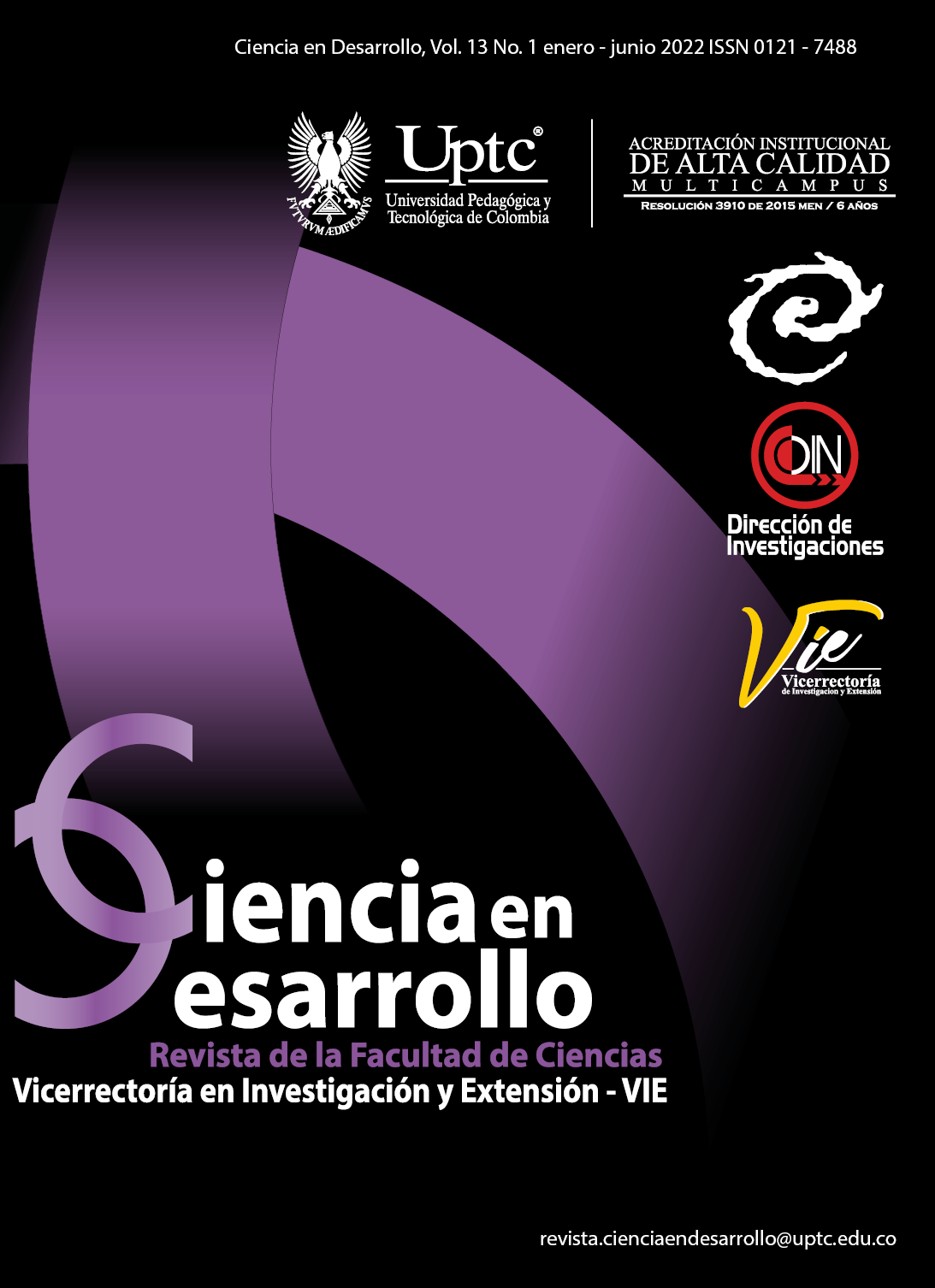Comparison of some methods to estimate the Cox proportional hazards model for interval-censored data

Abstract
Interval censored data is common in several areas of knowledge, such as: epidemiology, finance, demo- graphy, medicine, among others. They occur when the event of interest, the failure time, is not observed exactly, but is within some interval of the observation time. Often in this situation an imputation is made of the data that is not exactly known. Some methods of multiple imputation proposed in the literature are the PMDA (Poor Man’s Data Augmentation) algorithm and the ANDA (Asymptotic Normal Data Augmen- tation) algorithm, which allow estimating the parameters of the Cox proportional hazards model using classical estimation methods. There are also alternative methods to make these estimations such as the ICM (Iterative Convex Minorant) algorithm and a Bayesian approach, which do not impute the data with interval censoring.
In this work, a comparison was made via simulation of the performance of the estimators of the Cox model parameters produced by each of the aforementioned methods. The results showed that in general terms the ICM methods and the Bayesian approach present higher coverage probability values and lower mean square errors, in addition when increasing the sample size these values significantly improve compared to the PMDA and ANDA multiple imputation methods. In the latter, there were no significant differences between the results. Finally, an application was made with real data associated with a study of mastitis in milk cattle.
Keywords
Multiple imputation methods, Interval-censored, Bayesian approach, ICM (Iterative Convex Minorant) algorithm, Cox proportional hazards model.
References
- X. Lin, B. Cai, L. Wang y Z. Zhang, “A Baye- sian proportional hazards model for general interval-censored data”, Lifetime Data Analysis, vol. 21, pp. 470–490, 2015. DOI: https://doi.org/10.1007/s10985-014-9305-9
- E.Strapasson,“Asimulationstudytocompare imputation methods to handle grouped survi- val data”, Revista Brasileira de Biometría, vol. 27, pp. 210–224, 2009.
- C. H. Hsu, J. M. Taylor, S. Murray y D. Commenges, “Survival analysis using auxiliary va- riables via non-parametric multiple impu- tation”, Statistics in Medicine, vol. 25, pp. 3503–3517, 2006. DOI: https://doi.org/10.1002/sim.2452
- M.C.Jaramillo-ElorzayC.M.Lopera-Gómez, “Estudio del efecto de la imputación de fallas en la estimación de la curva de supervivencia bajo censura a intervalo”, Ciencia en Desarro- llo, vol. 8(1), pp. 21–28, 2017. DOI: https://doi.org/10.19053/01217488.v8.n1.2017.4261
- W. Pan, “A multiple imputation approach to Cox regression with interval-censored data”, Biometrics, vol. 56, pp. 199–203, 2000. DOI: https://doi.org/10.1111/j.0006-341X.2000.00199.x
- P. Groeneboom y J. A. Wellner, Information Bounds and Nonparametric Maximum Like- lihood Estimation, Springer, 1992. DOI: https://doi.org/10.1007/978-3-0348-8621-5
- W.Pan,“Extendingtheiterativeconvexmino- rant algorithm to the Cox model for interval- censored data”, Journal of Computational and Graphical Statistics, vol. 8, pp. 109–120, 1999. DOI: https://doi.org/10.1080/10618600.1999.10474804
- J.HuangyJ.A.Wellner,Intervalcensoredsur- vival data: A review of recent progress, Sprin- ger, 1997. DOI: https://doi.org/10.1007/978-1-4684-6316-3_8
- J. Sun, Interval censoring. Encyclopedia of Biostatistics, Wiley, 1998.
- D.CoxyD.Oakes,“Regressionmodelsandlife tables”, Journal of the Royal Statistical Society, vol. 34, pp. 187–220, 1972. DOI: https://doi.org/10.1111/j.2517-6161.1972.tb00899.x
- O. Mangasarian, “Algorithms of nonlinear mathematical programming”, CS730 Course Notes, Computer Sciences Department, University of Wisconsin, Madison, WI, 1996.
- D. P. Bertsekas, “Projected newton methods for optimization problems with simple cons- traints”, SIAM Journal on Control and Optimization, vol. 20, pp. 221–246, 1982. DOI: https://doi.org/10.1137/0320018
- D.M.Finkelstein,“Aproportionalhazardsmo- del for interval-censored failure time data”, Biometrics, vol. 42, pp. 845–854, 1986. DOI: https://doi.org/10.2307/2530698
- J. Sun, The Statistical Analysis of Interval- Censored Failure Time Data, Springer, 2007.
- J. O. Ramsay, “Monotone regression splines in action”, Statistical Science, vol. 3, pp. 425–461, 1988. DOI: https://doi.org/10.1214/ss/1177012761
- P. Joly, D. Commenges y L. Letenneur, “A pe- nalized likelihood approach for arbitrarily cen- sored and truncated data: Application to age-specific incidence of dementia”, Biometrics, vol. 54, pp. 185–194, 1998. DOI: https://doi.org/10.2307/2534006
- B. Cai, X. Lin y L. Wang, “Bayesian propor- tional hazards model for current status data with monotone splines”, Computational Statistics and Data Analysis, vol. 55, pp. 2644–2651, 2011. DOI: https://doi.org/10.1016/j.csda.2011.03.013
- X. Lin y L. Wang, “A semiparametric probit model for case 2 interval-censored failure time data”, Statistics in Medicine, vol. 29, pp. 972– 981, 2010. DOI: https://doi.org/10.1002/sim.3832
- X. Lin y L. Wang, “Bayesian proportional odds models for analyzing current status data: Uni- variate, clustered, and multivariate”, Commu- nications in Statistics-Simulation and Compu- tation, vol. 40, pp. 1171–1181, 2011. DOI: https://doi.org/10.1080/03610918.2011.566971
- L.WangyD.B.Dunson,“SemiparametricBa- yes proportional odds models for current sta- tus data with underreporting”, Biometrics, vol. 67, pp. 1111–1118, 2011. DOI: https://doi.org/10.1111/j.1541-0420.2010.01532.x
- W.R.GilksyP.Wild,“Adaptiverejectionsam- pling for Gibbs sampling”, Applied Statistics, vol. 41, pp. 337–348, 1992. DOI: https://doi.org/10.2307/2347565
- M. A. Tanner y W. H. Wong, “The calculation of posterior distributions by data augmenta- tion”, Journal of the American Statistical Association, vol. 82, pp. 528–540, 1987. DOI: https://doi.org/10.1080/01621459.1987.10478458
- G. C. Wei y M. A. Tanner, “Applications of mul- tiple imputation to the analysis of censored re- gression data”, Biometrics, vol. 47, pp. 1297– 1309, 1991. DOI: https://doi.org/10.2307/2532387
- K. Goethals, B. Ampe, D. Berkvens, H. Lae- vens, P. Janssen y L. Duchateau, “Modeling interval-censored, clustered cow udder quarter infection times through the shared gamma
- frailty model”, Journal of Agricultural, Biolo- gical, and Environmental Statistics, vol. 14, pp. 1–14, 2009.
- J.Weller,A.SaranyY.Zeliger,“Geneticanden- vironmental relationships among somatic cell count, bacterial infection, and clinical mastitis”, Journal of Dairy Science, vol. 75, pp. 2532– 2540, 1992. DOI: https://doi.org/10.3168/jds.S0022-0302(92)78015-1
- R. Adkinson, K. Ingawa, D. Blouin y S. Nickerson, “Distribution of clinical mastitis among quarters of the bovine udder”, Journal of Dairy Science, vol. 76, pp. 3453–3459, 1993. DOI: https://doi.org/10.3168/jds.S0022-0302(93)77684-5